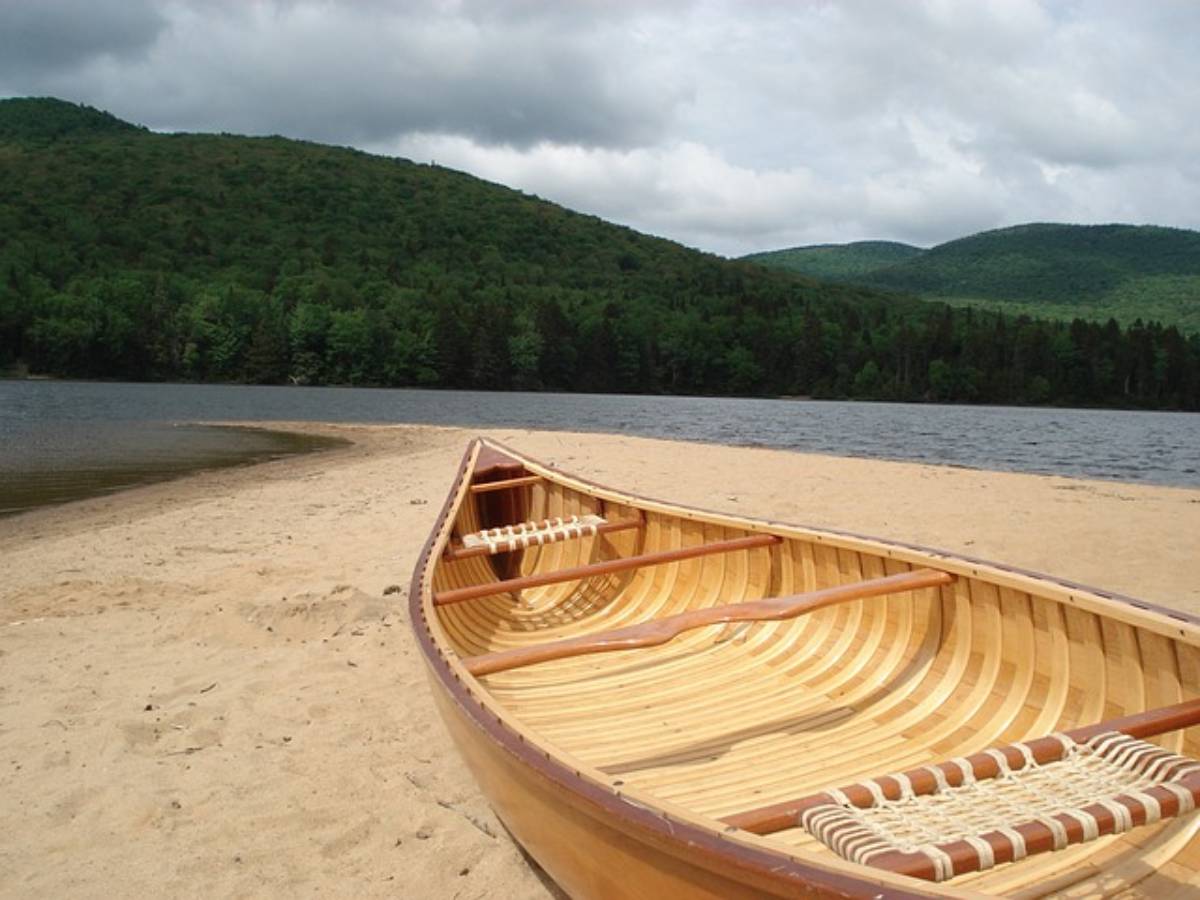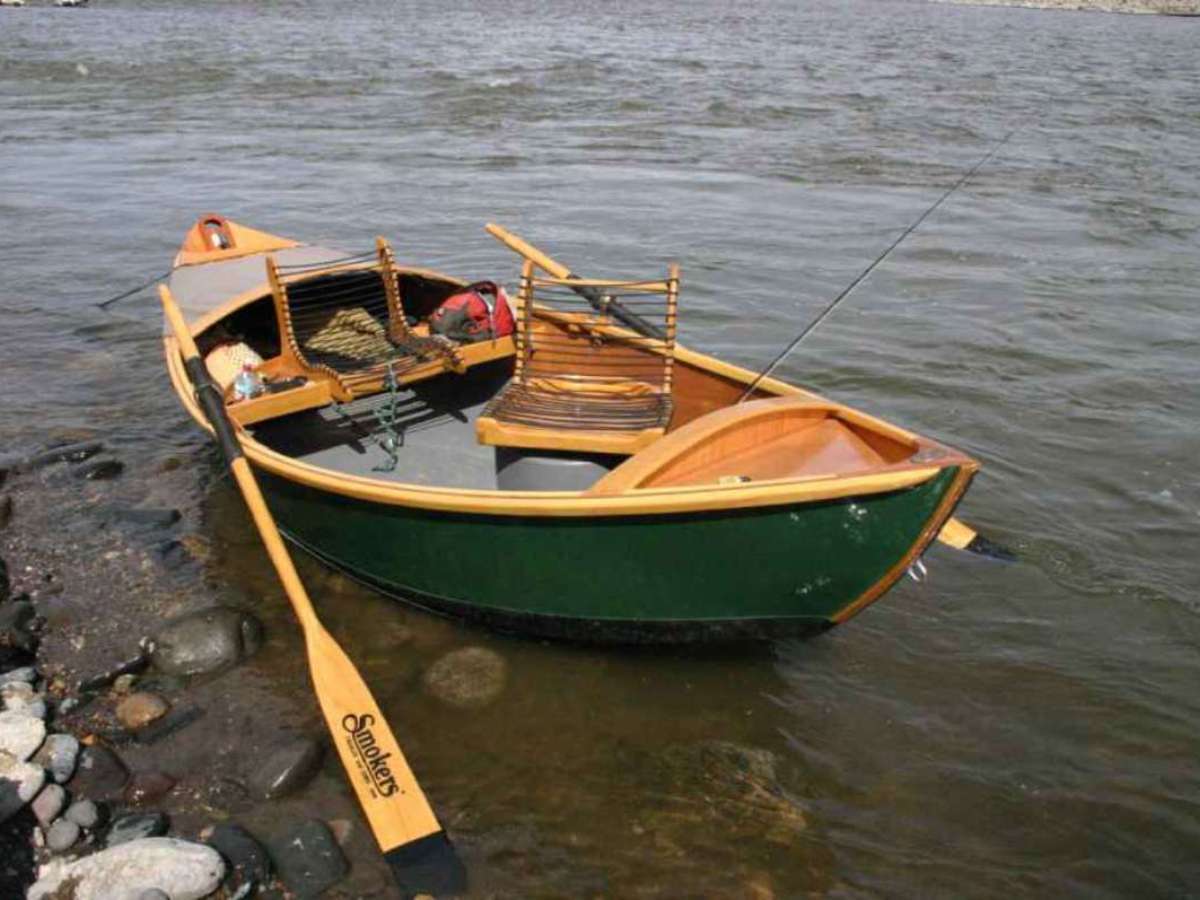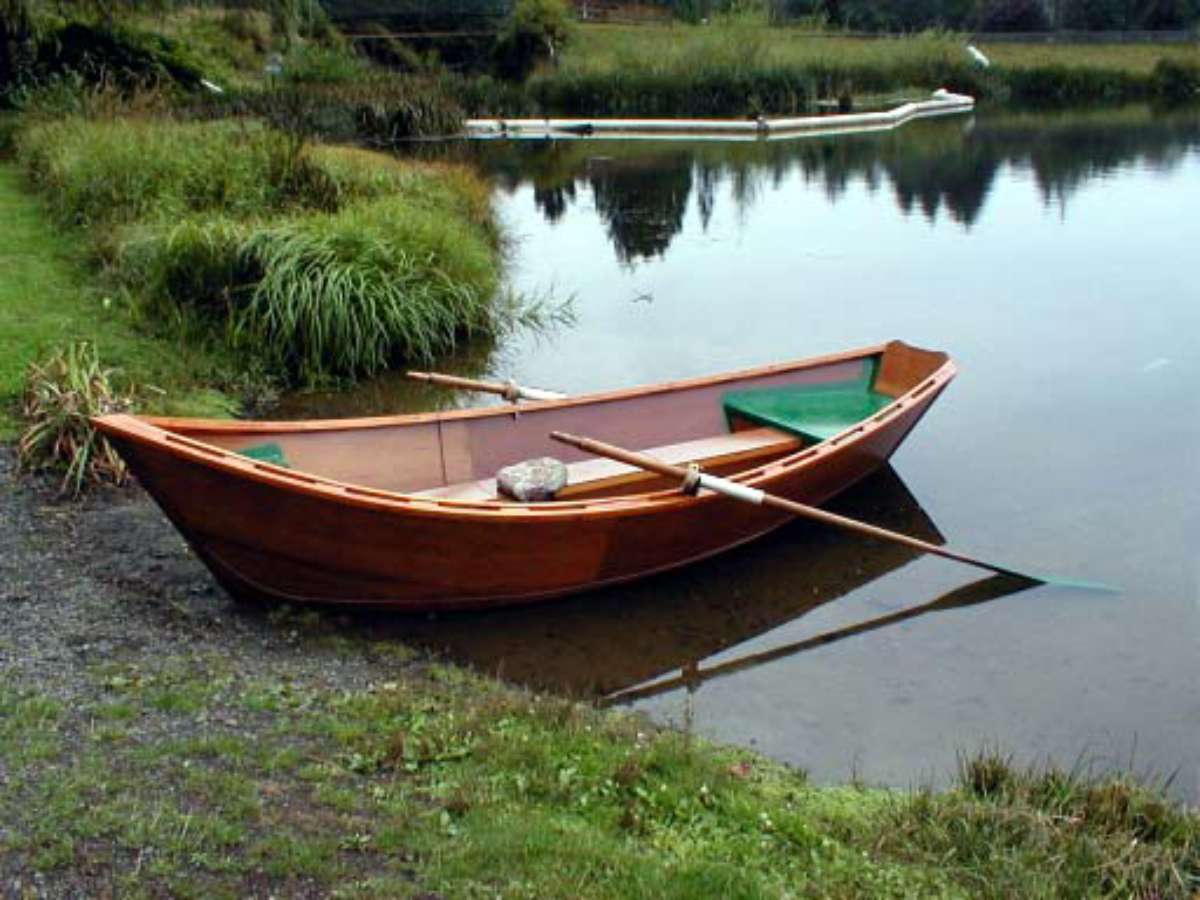 Once you’ve got the rod, reel, backing, and fly line, you’ll need a leader to attach to end of you’re setup.
Once you’ve got the rod, reel, backing, and fly line, you’ll need a leader to attach to end of you’re setup.
The leader is the portion at the end of your fly line that’s supposed to be invisible to the fish and will eventually be attached to a fly.
Leaders are usually made of monofilament or fluorocarbon.
- Monofilament is great leader material when fishing dry flies or other topwaters because of its tendency to float.
- Fluorocarbon sinks more rapidly, but is practically invisible under the water, which has made it a popular leader material in both fresh and saltwater fly fishing. Fluorocarbon is also more abrasion resistant, and tends to be stiffer, helping the leader turn over a heavy fly at the end of a cast.
Fly anglers use tapered leaders to help the leader follow the fly line’s loop and turn the fly over.
A good cast paired with a properly constructed tapered leader will result in straight line cast, with the fly extending as far as the line outside of the rod tip allows. By tapered, I mean that the leader has monofilament or fluorocarbon sections with decreasing pound tests and diameters along the leader’s length. The difference in the stiffness and diameter of the leader sections is what causes the leader to turn a fly over when it is cast.
The top of the leader is called the butt section, and is usually constructed with hard monofilament. Hard mono is stiffer than regular mono, aiding in the ever important turn over of the fly.
At one end of the butt section is a loop, tied with either a surgeon’s or perfection loop, that is looped to the end of the fly line. The other end of the butt section is attached to section of the leader, usually a few line classes below the butt section.
Regular monofilament and fluorocarbon work just fine for butt sections, as long as they are in the 30- to 50-pound line class. You will have all different kind of butt section diameters depending on what weight line you are using, but for an 8 weight set-up, I usually use 50-pound butt sections.
The butt section is then attached to any number of additional leader sections depending on how much time angler is willing to spend on leader construction. Starting with a 3-foot, 50-pound test butt section for an 8 weight class line, you’ll want to attach a 1-1/2 foot section of 30- to 40-pound test to the butt with a blood knot. Then attach a 1-1/2 foot section of 20- to 25-pound test to the previous section, also with a blood knot.
The end of the leader is called the tippet, which we will discuss in a later article.
These are the basics of fly fishing leaders, and constructing a quality leader is critical to maximizing your success on the water.



